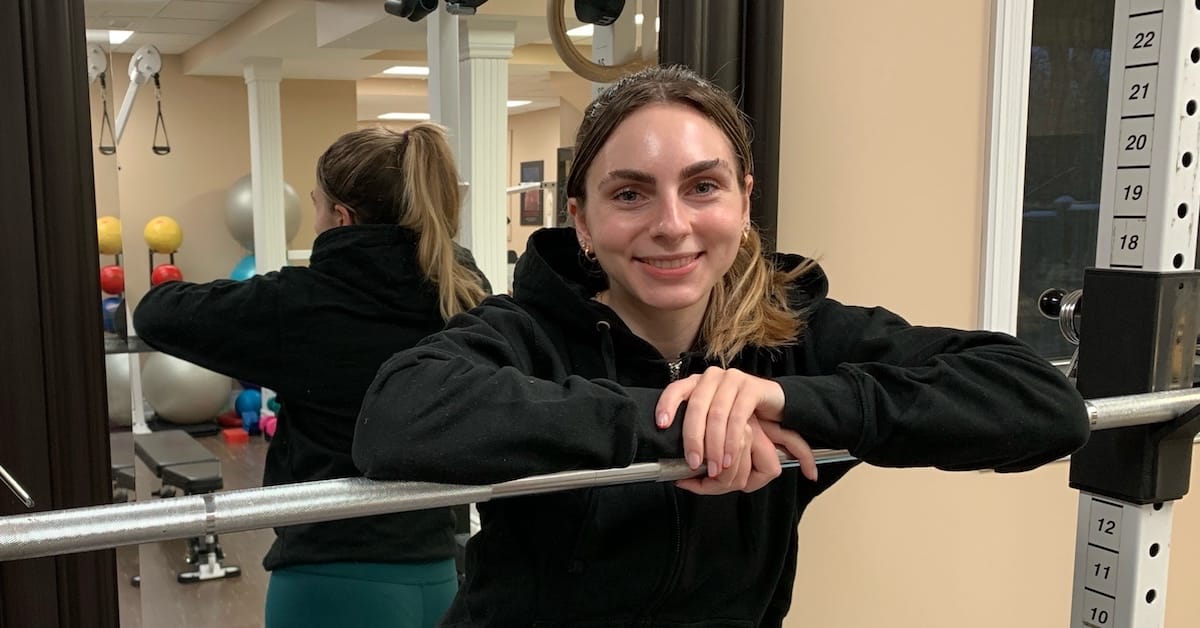If I asked what the most popular set/rep scheme in strength training is, most people would respond with 3 sets of 10 reps. It seems to be the universal training prescription — but where does it come from?
The concept stems from a 1948 paper by Dr. Thomas DeLorme and Dr. Arthur Watkins, where they recommended 3 sets of 10 reps using a progressively heavier weight in the following manner:
- Set #1: 50% of 10-repetition maximum (10RM)
- Set #2: 75% of 10-repetition maximum
- Set #3: 100% of 10-repetition maximum
In this scheme, only the last set is taken to the limit. The first two sets are essentially warm-ups.
A few years later, in their 1951 book Progressive Resistance Exercise, DeLorme and Watkins stated:
By advocating three sets of exercise of 10 repetitions per set, the likelihood that other combinations might be just as effective is not overlooked.
Still, the majority of trainees today automatically adopt the 3×10 scheme as if it were written in stone.
Let’s Go Back in Time…
Now, let’s take a little journey back to 1945, when the same Dr. Thomas DeLorme published a powerhouse of a paper titled Restoration of Muscle Power by Heavy-Resistance Exercises in the Journal of Bone and Joint Surgery. Back then, he recommended far more than 3 sets per exercise — and with great results!
DeLorme’s clinical observations on 300 cases showed a “splendid response in muscle hypertrophy and power, together with symptomatic relief,” as he put it. So why change the system?
We’ll get to that in a minute, but first…
The 1945 DeLorme Method
The original DeLorme method involved 7-10 sets of 10 reps per exercise, for a total of 70-100 repetitions each workout. The weight would start light for the first set and get progressively heavier until a true 10RM load was achieved.
Interestingly, these workouts were short — about half an hour on average — but they were performed frequently during the week.
In most modern high-volume systems (like German Volume Training, for example), each body part is trained once every 5-7 days. But with the 1945 DeLorme system, the injured body part was trained once a day for 5 days straight!
Of course, this difference comes down to the direct relationship between intensity and recovery: the greater the intensity, the more recovery is necessary — and vice versa.
If you adopt this approach, expect some initial soreness, but it will subside after a week or so. And after just a few weeks, while others are complaining that they can barely move, you’ll be enjoying improved hypertrophy, strength, mobility, and function.
Why The Shift to 3 Sets?
So why the shift from as many as 10 sets down to only 3?
Here’s what DeLorme and Watkins (1948) had to say:
In the initial publications concerning progressive resistance exercise, 70 to 100 repetitions were advocated, the repetitions being performed in 7 to 10 sets with 10 repetitions per set. Further experience has shown this figure to be too high and that in most cases a total of 20 to 30 repetitions is far more satisfactory. Fewer repetitions permit exercise with heavier muscle loads, thereby yielding greater and more rapid muscle hypertrophy.
Sounds reasonable enough.
But let’s establish two important relationships in training:
- There’s an inverse relationship between intensity and volume (i.e., the higher the intensity, the lower the volume must be — and vice versa).
- If intensity starts to increase yet frequency stays the same, something has to give.
Balancing Intensity, Volume, and Frequency
At higher intensities, one all-out 10RM set can be performed five days a week. After all, that’s really only a total of 5 hard sets spread over the entire week (remember, the first two sets each day are just warm-ups).
Contrast that with the original method of as many as 50 sets (although not all were taken to the limit), and it’s easy to see why the 1948 3×10 approach was considered superior to the 1945 10×10 method.
That said, the original method still has merit — especially if implemented correctly.
If intensity increases and volume stays the same, the variable that must decrease is frequency to allow for sufficient recovery. In fact, the 10×10 method may actually be superior if frequency is adjusted progressively as follows:
Frequency Progression Model
- Stage 1: 5 days a week (Mon, Tues, Wed, Thurs, Fri)
- Stage 2: 4 days a week (Mon, Tues, Thurs, Fri)
- Stage 3: 3 days a week (Mon, Wed, Fri)
- Stage 4: 2 days a week (Mon, Thurs)
- Stage 5: 1 day every 5-7 days
How long you stay at each stage depends on the individual and their injury or goal. The key is to make weekly progress. Once progress stagnates, it’s time to move to the next stage.
Think of it as progressive resistance meets regressive frequency!
By Stage 5, muscle strength, mass, and range of motion should be restored to normal — which just so happens to mirror the typical frequency used in most high-volume training programs.
Final Thoughts
Try this new twist on the original concept introduced by Dr. DeLorme over 60 years ago.
Sometimes, what’s old is new again — and what works best depends on how smartly you manipulate the variables of training.

The Interference Effect: How to Maximize Strength and Endurance Gains
When it comes to fitness, many people strive to improve both strength and endurance. However, combining resistance and endurance training

Stop Abdominal Hollowing! It Weakens Your Lifts and Increases Injury Risk
If there’s ever a time not to draw in your navel, it’s during exercise. Despite the long-held belief that “sucking

Amanda’s Strength Journey: From 4 to 12 Chin-Ups!
Chin-ups are one of the most challenging yet rewarding exercises in strength training. Back in 2021, Amanda could only complete
follow
Error: No feed with the ID 2 found.
Please go to the Instagram Feed settings page to create a feed.
